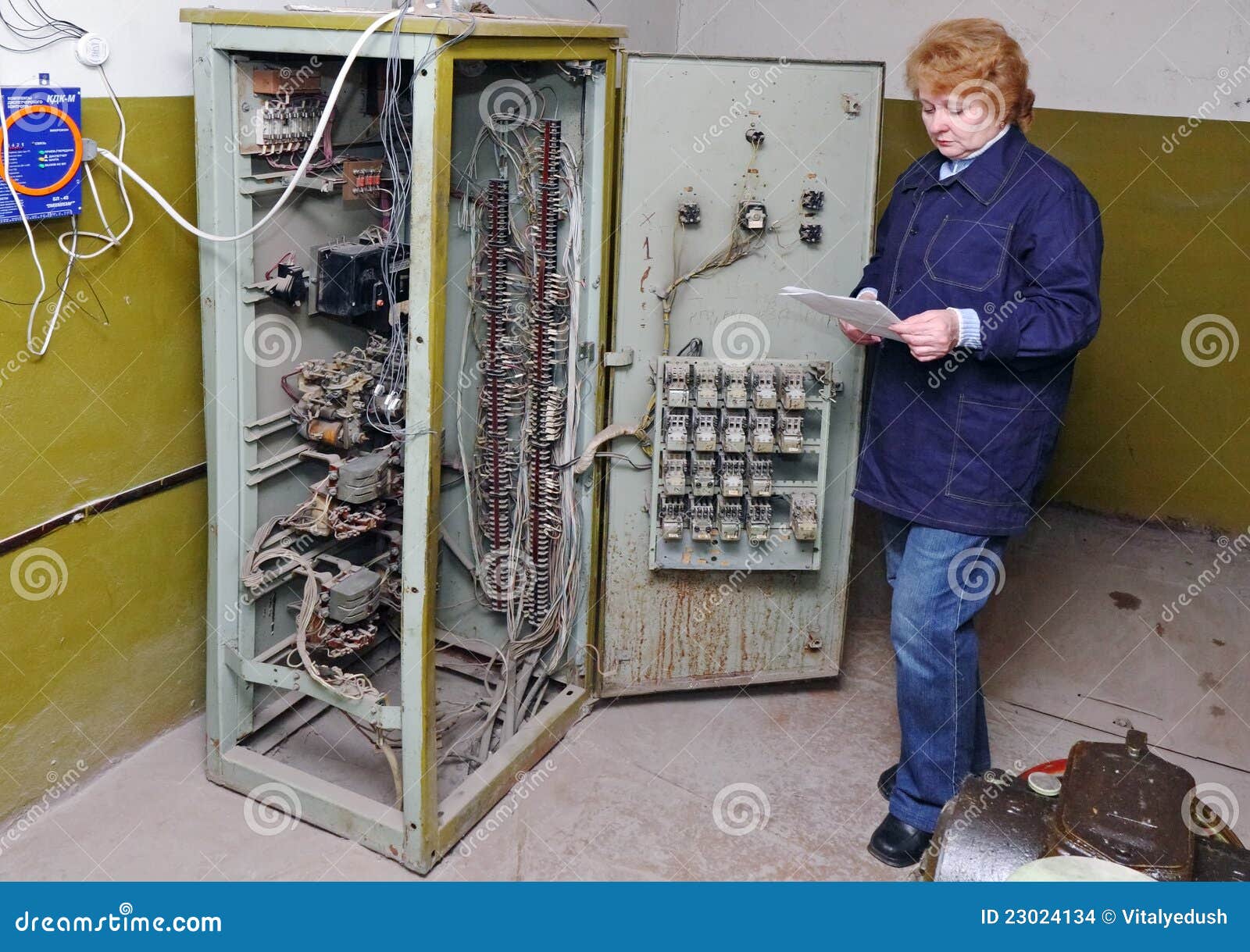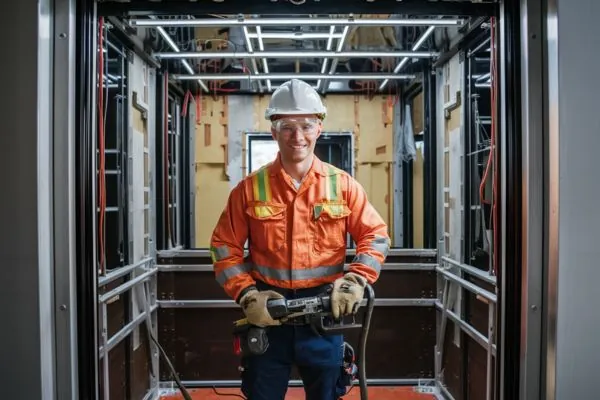Premier Lift Engineer Services for Reliable Maintenance and Services
Looking Into the Crucial Elements of Lift Upkeep Practices
From routine examinations to implementing preventative upkeep measures, every aspect of upkeep adds to the total performance and longevity of elevator systems. By checking out these subtleties, a much deeper understanding of elevator maintenance practices can be obtained, shedding light on the complexities that make a substantial distinction in lift performance and safety.
Relevance of Routine Examinations
Regular examinations are an important element of elevator upkeep, ensuring the safety and security and performance of the system. These routine checks are necessary in identifying prospective issues prior to they escalate into major troubles, thus stopping expensive repair work and downtimes. During examinations, educated service technicians carefully examine different elements such as cable televisions, pulleys, motors, and safety features to guarantee they are functioning appropriately. By adhering to a routine examination schedule, structure proprietors and facility managers can ensure that their lifts meet all security laws and standards. Additionally, aggressive maintenance with routine examinations can extend the life expectancy of the lift tools, ultimately reducing replacement costs over time. Additionally, these evaluations play a crucial duty in boosting the total guest experience by minimizing the occurrence of unexpected break downs or interruptions in service. In final thought, routine assessments are not just a maintenance task but a positive measure to copyright elevator safety and security, long life, and integrity.

Preventive Upkeep Measures
Structure on the foundation of normal evaluations for lift maintenance, preventative maintenance actions act as aggressive techniques to better enhance the integrity and longevity of lift systems. These actions include scheduled jobs aimed at protecting against prospective concerns before they intensify right into costly issues or create downtime. Key elements of preventative maintenance for elevators consist of oiling moving parts, changing door devices, testing security attributes, and inspecting electrical systems. By sticking to an organized preventive maintenance routine, structure owners and facility managers can lessen the threat of unexpected malfunctions, reduce repair service prices, and guarantee guest safety.
Frequently replacing worn-out components, such as cables, pulleys, and control systems, is also important in preventive upkeep to minimize the threat of breakdowns. lift and engineering services. Furthermore, carrying out comprehensive performance evaluations and maintaining detailed maintenance documents can help recognize patterns of wear and possible areas for improvement. Implementing these preventive upkeep procedures not only enhances the total performance of elevator systems but additionally adds to a safer and extra trusted upright transportation experience for constructing passengers
Role of Educated Service Technicians

Moreover, qualified specialists are furnished to manage emergency situation circumstances immediately and effectively - lift repair company. In the occasion of a breakdown or entrapment, their experience enables them to troubleshoot troubles efficiently, decreasing downtime and restoring elevator performance blog swiftly. Furthermore, these professionals stay upgraded on sector requirements and technological developments, allowing them to implement the most recent upkeep techniques and make sure compliance with safety laws
Enhancing Efficiency Through Maintenance
Educated service technicians' know-how in elevator upkeep not just guarantees safety and optimum performance yet likewise serves as a keystone for enhancing overall system efficiency through thorough maintenance practices. Lift systems are complex, calling for routine maintenance to work at their best. By sticking to a stringent upkeep schedule, professionals can determine possible problems prior to they intensify, hence stopping unexpected break downs and expensive fixings. Through regular inspections, lubrication of moving components, and adjustments to make sure alignment, service technicians can fine-tune the elevator system for peak performance.
In addition, positive maintenance measures can expand the life expectancy of elevator parts, minimizing the requirement for early replacements. Overall, focusing on maintenance not just increases elevator efficiency but additionally enhances safety and security, dependability, and overall fulfillment for building owners.

Long Life of Elevator Equipments
Maintaining the longevity of lift systems requires a calculated mix of proactive maintenance techniques and adherence to market standards. Lifts are complicated systems that undertake considerable wear and tear because of continuous use. To guarantee their durability, normal assessments, lubrication of relocating parts, and prompt replacements of damaged components are necessary. Executing a preventative maintenance routine can aid identify possible issues before they rise, thus prolonging the life-span of the elevator system.
Additionally, conformity with sector regulations and requirements is critical for the effective and risk-free procedure of lifts. Adhering to guidelines set by organizations such as the American Society of Mechanical Engineers (ASME) guarantees that upkeep jobs are done appropriately which safety and security methods are upheld. Failure to comply with these standards not only jeopardizes the longevity of the elevator system but also poses significant risks to the residents.
Conclusion
Finally, the vital elements of elevator maintenance techniques consist of normal examinations, precautionary upkeep steps, the function of qualified service technicians, improving efficiency through maintenance, and making sure the longevity of lift systems. By sticking to these techniques, structure owners can make sure the security, reliability, and efficiency of their lift systems, eventually decreasing the risk of pricey repair services and downtime. Preserving elevators in optimum condition is important for the well-being of owners and the smooth procedure of buildings.
By discovering these subtleties, this a deeper understanding of lift maintenance techniques can be gotten, shedding light on the details that make a considerable difference in lift performance and safety and security.
Routine inspections are a critical element of lift maintenance, making certain the security and efficiency of the system.Structure on the foundation of normal evaluations for lift maintenance, precautionary maintenance procedures serve as positive strategies to additionally enhance the dependability and long life of elevator systems.Educated technicians' expertise in website link elevator upkeep not only ensures safety and security and optimal performance yet also serves as a cornerstone for improving total system performance with thorough maintenance methods.In verdict, the crucial elements of lift upkeep practices include routine examinations, preventive maintenance procedures, the duty of trained specialists, improving efficiency via upkeep, and ensuring the durability of elevator systems.